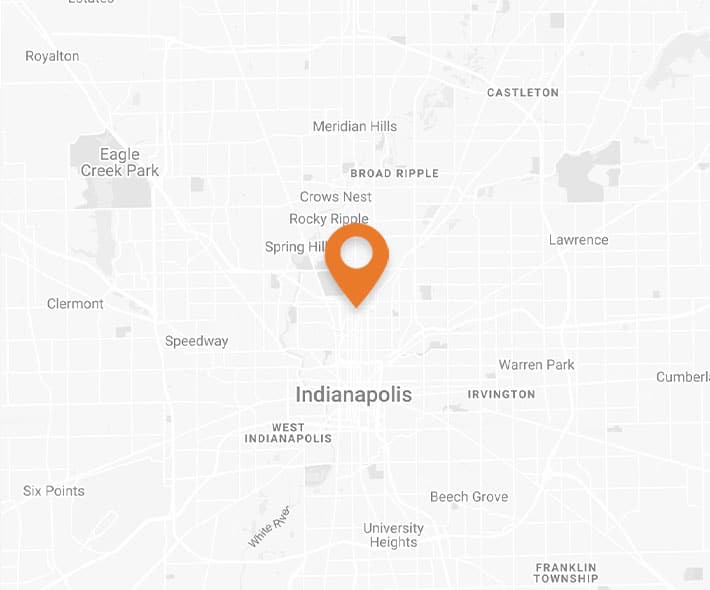Five Common Causes of Medical Malpractice Claims
Updated February 22, 2023 | By Wilson Kehoe Winingham staff
When seeking medical treatment, a patient’s expectation is always to receive the best care. Physicians take an oath to uphold specific ethical treatment across the board; no one expects a breach in medical care due to negligence or substandard care. However, physicians, nurses, and other medical staff make avoidable mistakes. In fact, medical malpractice adds up to about 700 preventable deaths per day in the United States.
Medical malpractice claims don’t just arise from death. Any damages, injuries, or further complications from inappropriate care are potentially opportunities for a patient to make a medical malpractice claim.
Common Causes of Medical Malpractice Claims
Medical malpractice occurs when a physician or medical personnel knows the correct course of treatment but chose to deviate from that standard—therefore causing further, preventable harm to a patient. The following five types of medical malpractice claims are the most common.
Surgical Errors
Surgical errors are surprisingly common. Victims may be able to seek a medical malpractice lawsuit after experiencing any of the following:
- Wrong body-site surgery
- Wrong-patient surgery
- Wrong-procedure surgery
- Damage to surrounding nerves and/or organs
- Leaving surgical equipment inside a patient
- Anesthetic errors
Misdiagnosis or Failure to Diagnose
A misdiagnosis is not always grounds for a medical malpractice lawsuit. In order to have a strong case, a patient must have suffered injuries as a direct result of misdiagnosis. Examples include when a physician:
- Fails to recognize a patient’s symptoms
- Misinterprets or fails to order the correct lab tests
- Neglects a patient’s medical history
To move forward with a misdiagnosis case, the injury from misdiagnosis must be proven to have occurred solely from the physician’s substandard care. Medicine is a science, but it isn’t always completely straightforward, so substantial, objective records and facts are crucial.
Lawsuits have surfaced from misdiagnosing cancer, strokes, heart attacks, asthma, and staph infections.
Prescription Medication Errors
Medication errors happen when there’s a mishap in prescribing and/or dispensing prescription medication. They occur most commonly by way of the following:
- Dispensing the wrong medication
- Prescribing incorrect dosage
- Confusing drug labels, names, and packaging
- Pharmacist error
Depending on who acted negligently, a doctor, nurse, hospital, pharmacist, or even the drug manufacturer could be held responsible.
Hospital-Acquired Infections
Nosocomial infections occur when a patient acquires an infection either in a hospital or in another medical facility. In order to classify as a nosocomial infection, the infection must not have any relation to the reason the patient is seeking treatment. Some of the most common infections are:
- Urinary tract infections
- Pneumonia
- Gastrointestinal infections
- Infections at a surgical site
- Primary bloodstream infections
Childbirth Injury
A birth injury is caused by human error in which harm to an infant or mother is caused by medical negligence. This negligence could occur over the course of both postnatal and prenatal care, as well as during labor.
The most common birth injuries include:
- Wrongful conception (conceiving despite sterilization, abortion, or other precautionary measures under medical direction)
- Wrongful birth (physician fails to adequately detect/inform parents of the risks in conceiving or giving birth to an infant with severe congenital or genetic abnormalities)
- Injury to mother (failure to detect and diagnose preeclampsia or failure to control excessive bleeding)
- Injury to infant (failing to monitor infant’s oxygen both post- and pre-delivery)
It’s important to know the difference between a birth injury and birth defect, as the two occasionally get confused. Birth defects are either due to genetics, the infant’s DNA, or some type of exposure to a harmful substance during pregnancy.
Contact a Medical Malpractice Attorney Today
If you or a loved one have been injured as a result of medical malpractice, contact the attorneys of Wilson Kehoe Winingham. An experienced Indianapolis medical malpractice lawyer at WKW can help you get the compensation you deserve. Call 317.920.6400 or fill out an online contact form for a free, no-obligation case evaluation.
Contact Us
Let WKW put our experience to work for you. Contact us for your free case evaluation.
Or, call us today at (317) 920-6400


